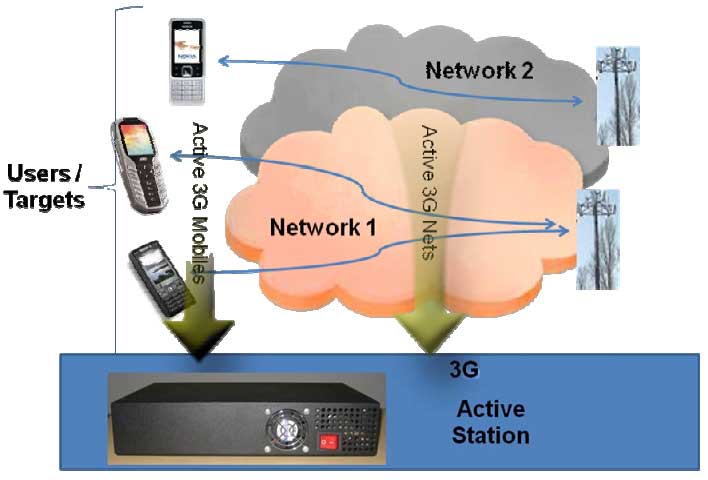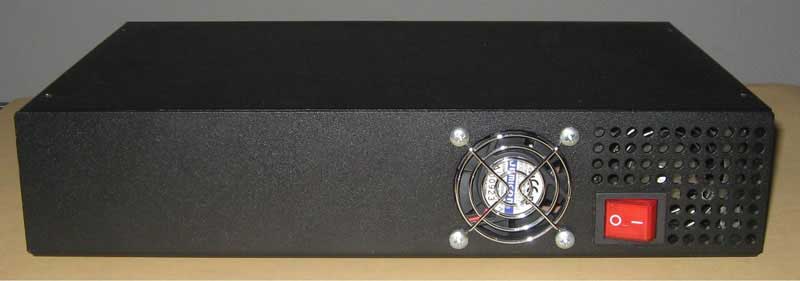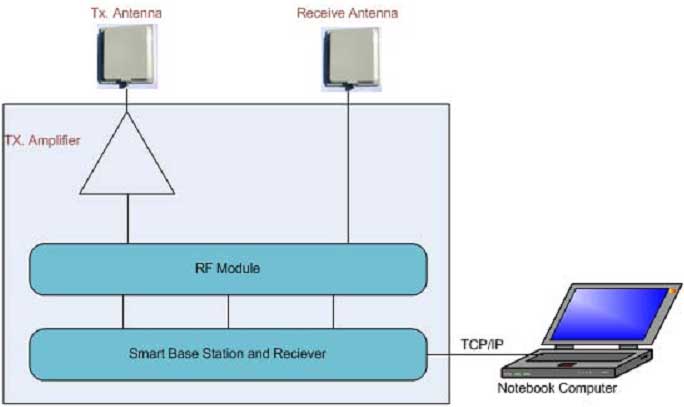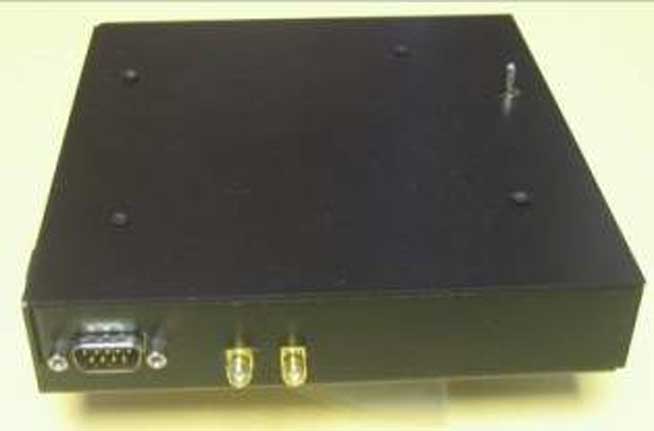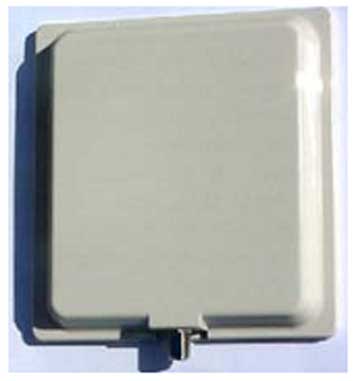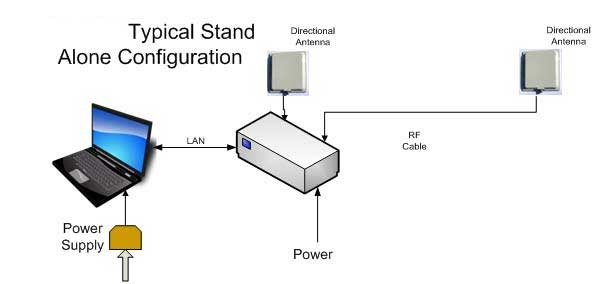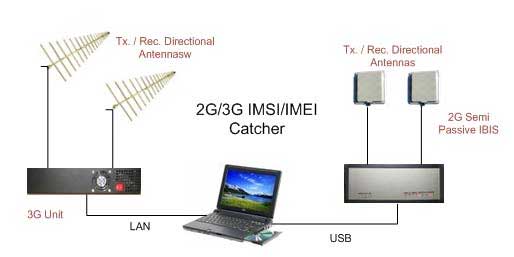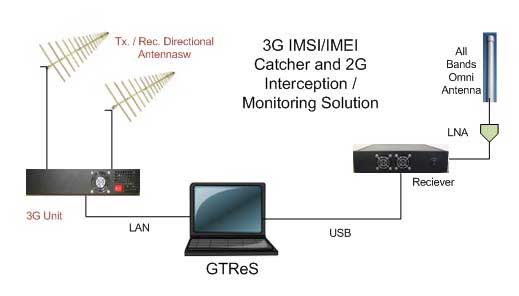3G Booster Advanced
Catcher 3G/IMEI/IMSI/TMSI
Number of 3G subscribers in the world is growing up rapidly and the demands from defense and security customers from producers for off‐the‐air interception systems solutions for 3G phones and their calls remains unanswered. |
 |
Number of 3G subscribers in the world is growing up rapidly and the demands from defense and security customers from producers for off‐the‐air interception systems solutions for 3G phones and their calls remains unanswered. System main advantages: 1. Multi Network Coverage – the unit scans and detects active 3G networks automatically. Operator can decide which networks the system should intercept, few or all networks. 2. Catch new 3G mobile identities – the unit detects 3G phones and collects their identities (IMSI, IMEI and TMSI) for the specific networks. 3. Extended Mobile Parameters – in addition to the mobile identities, the system detects the mobile model and country of origin of the mobile. 4. Mobile location – the system measures distance to the 3G phones with high accuracy of less than 30 m. By using directional antenna, location can be detected. By using more than 2 systems, mobile location can be detected with high accuracy. 5. Frequency Coverage – each system can intercept up to 3 frequency bands used by UMTS according to the specific region. The basic default configuration is for 850 /1700 /2100MHz 6. 3G Migration – operator can command / force each mobile (or all mobiles) to migrate to 2G. Rest of the phones remains in 3G mode. Once target phone is in 2G mode, it will remain in this mode until reboot is done. This unique feature makes interception of 3G mobiles possible by passive or active 2G interception systems. 7. Selective “Jamming” – operator can inhibit each mobile (or all mobiles of a specific provider) in a selective manner. By doing that, the mobile will be out of service till mobile reset is done. 8. Network Jamming – operator can block mobiles of a specific provider upon decision 9. Presence Verification / Targets – operator can define list of specific target mobiles. Whenever target is detected, operator will get an indication. 10. Comparison – operator can compare between 2 target files to detect the identities that are present in the 2 files and by that, to detect specific mobiles that were present in those 2 places. 11. Deployment – system can be deployed in a variety of configurations, such as in Samsonite case, small independent boxes, etc. 12. Simple operation – system MMI is based on a single main screen divided to few windows, for short training and to eliminate the need for GSM experts. 13. Fast deployment – system can be deployed within few minutes by a non-expert operator. 14. Periodic Scanning – system can repeat the scanning sequence in an automatic manner and store each set of results as separate file. This mode is designed for silent target presence detection. Introduction |
|
1.1 System main capabilities 2. System overview |
|
2.2 Building Blocks |
|
2.4 3G Booster Unit |
|
2.5 System Multi Band Antennas |
2.5.1 Directional Antenna
|
The antenna band width is 700 at the low frequency and 600 for the high
frequency. The antenna is aesthetic, small and has unobtrusive profile that
blends easily with any environment.
The antenna can be easily used either for Indoor or Outdoor Applications and
features different mounting options. Each antenna weights about 0.5Kg and the size is about 230 x 214 x 31 mm. Basic configuration includes 2 directional antennas. |
3. System Deployment |
|
System is supplied with all required cables and power supply. |
|
2G / 3G Combined Mixed Solution – in this configuration the 3G-Booster and Passive 2G interception system are operated by the same operator from a single operator post. |
|
Concealed 3G IMSI Catcher – in this configuration the 3G-Booster is operated
by Bluetooth communication while the system is in a camouflaged
configuration and operation is done via a portable small computer or a smart
mobile phone.
|
